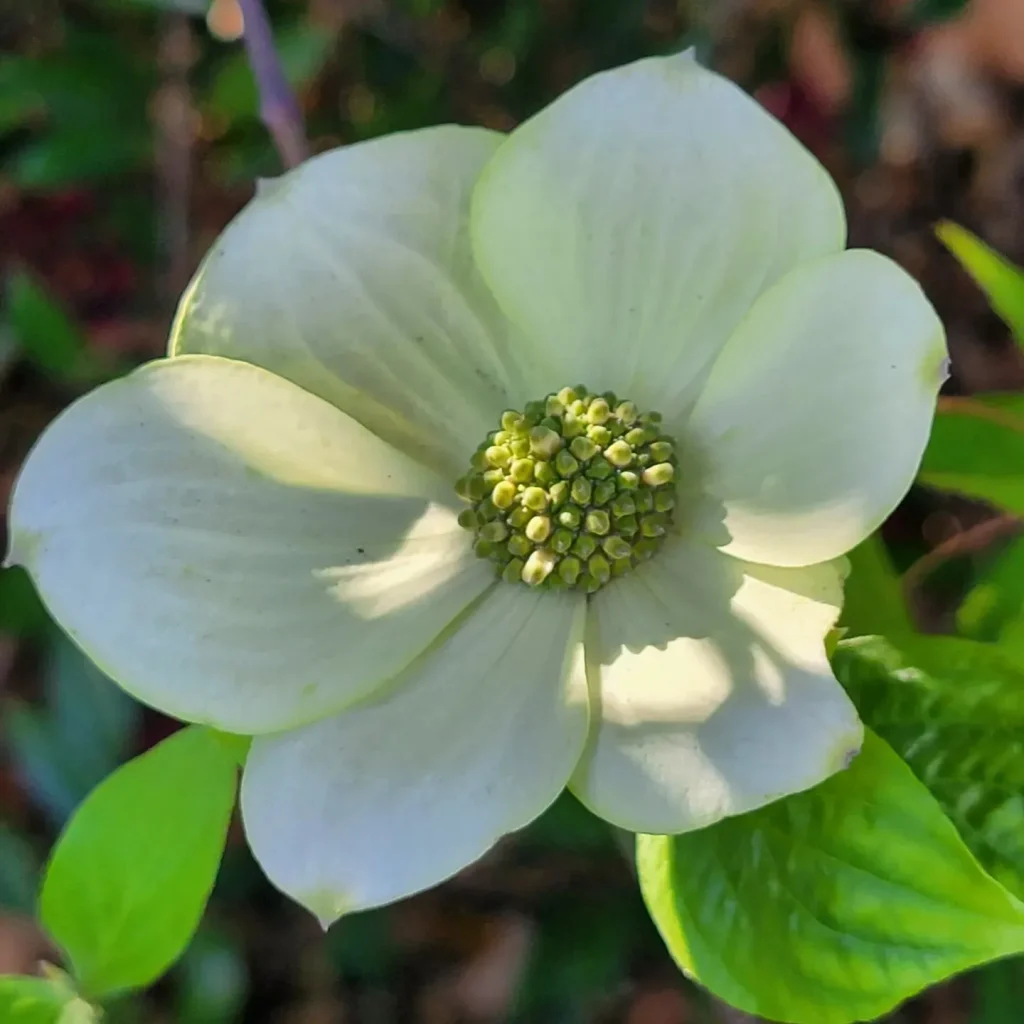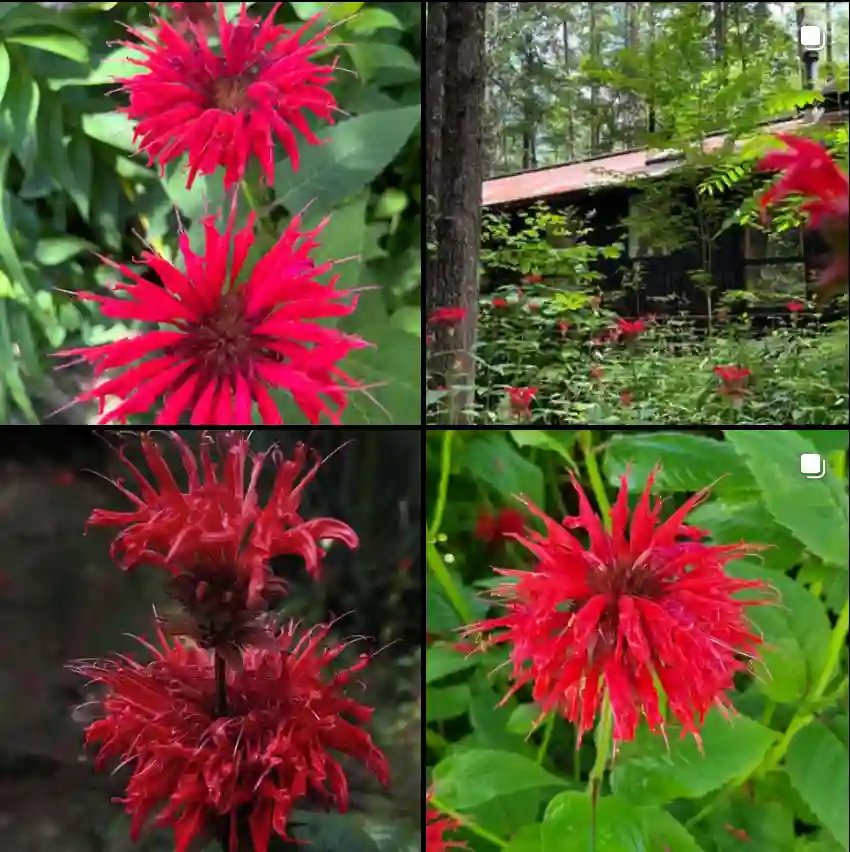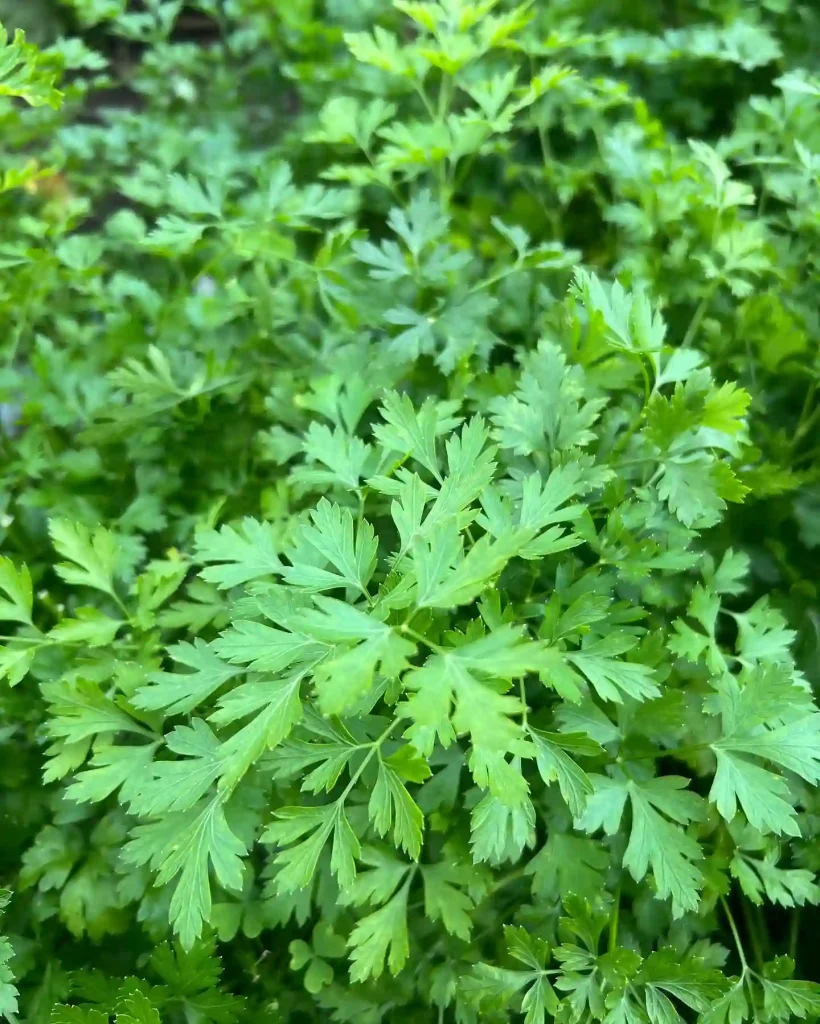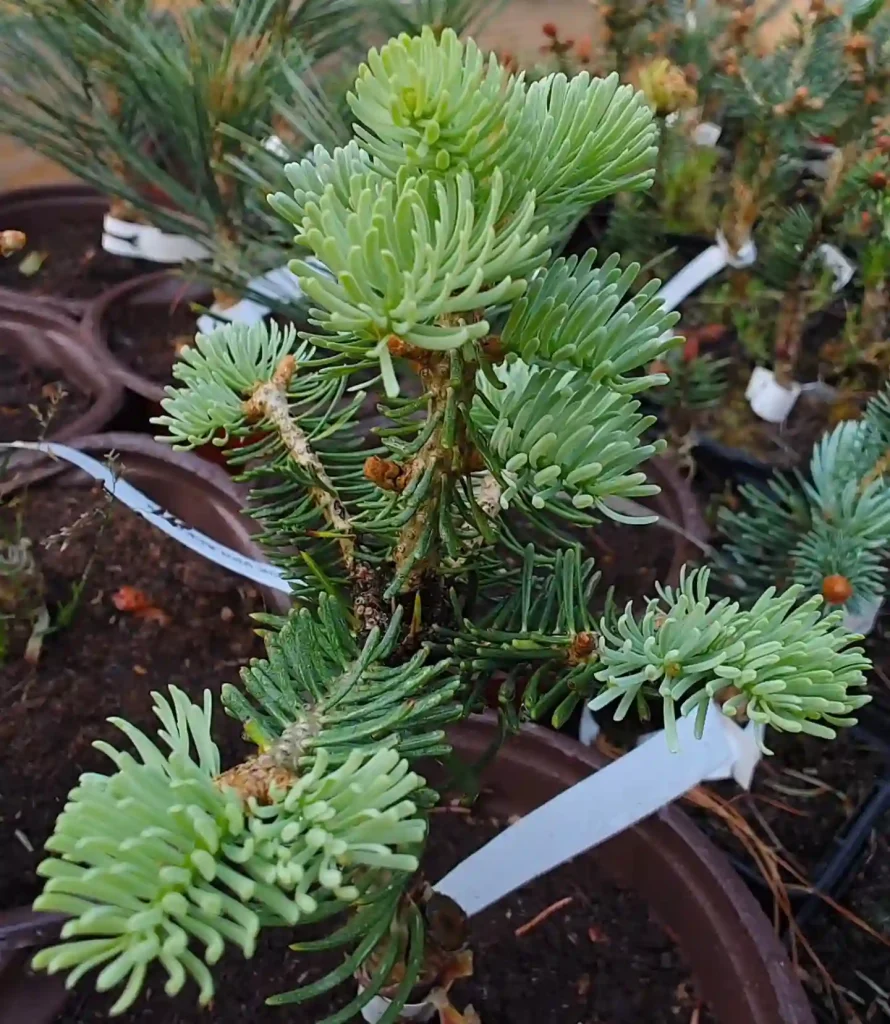What is Rhaphidophora Foraminifera?
Ah, the Rhaphidophora Foraminifera. This stunning aroid has captured the hearts of many plant enthusiasts, myself included. But with its unique features and specific needs, it can also raise a few questions. Fear not, fellow plant parents! I’m here to answer your burning inquiries about this fascinating foliage friend.
The most striking characteristic of the Rhaphidophora Foraminifera is undoubtedly its leaves. Unlike its common houseplant brethren, these boast rows of perforations along the midrib. The name itself, “Foraminifera,” translates to “hole carrier,” a fitting description for this leafy marvel.
But why the holes? The exact reason remains a bit of a mystery. Some theories suggest they mimic insect damage, deterring herbivores. Others propose they help regulate light and water flow within the leaves. Regardless of the purpose, these perforations add an undeniable charm to the plant.
105 Species in Genus Rhaphidophora
Young vs. Mature
Here’s a fun fact: the Rhaphidophora Foraminifera undergoes a dramatic transformation as it matures. As a juvenile plant, it sports plain, ovate to oblong leaves in a light green hue. But as it climbs and grows larger, its leaf shape changes entirely. The leaves become elongated, reaching up to a meter in length, and develop those signature holes along the midrib.
This shift is triggered by the plant’s desire for more light. In its natural rainforest habitat, it climbs tall trees to reach the sun’s rays. As it ascends, the need for increased light penetration through the leaves is believed to be the evolutionary driver behind the holes.
Is It a Monstera Deliciosa’s Cousin?
The Rhaphidophora Foraminifera belongs to the Araceae family, which also houses the popular Monstera Deliciosa, also known as the Swiss Cheese Plant. While they share some similarities, like their climbing nature and aerial roots, there are key distinctions.
The Monstera Deliciosa features split leaves that develop with maturity. The Rhaphidophora Foraminifera, on the other hand, has whole leaves in its juvenile stage, developing the holes only as it climbs. Additionally, the Monstera Deliciosa’s leaves tend to be broader and have more prominent splits, while the Rhaphidophora Foraminifera’s holes are more defined and linear.
How to care for Rhaphidophora Foraminifera?
Now that you’re smitten with this plant (and who wouldn’t be?), let’s delve into its care requirements. Here’s how to ensure your Rhaphidophora Foraminifera thrives:
- Light: Bright, indirect light is ideal. Avoid harsh, direct sun, which can scorch the leaves.
- Water: Consistent moisture is key, but avoid overwatering. Allow the top few centimeters of soil to dry between waterings.
- Soil: Well-draining, aerated potting mix is essential to prevent root rot. Aroid mix or a combination of potting soil, perlite, and orchid bark works well.
- Humidity: As a rainforest native, the Rhaphidophora Foraminifera prefers high humidity. Grouping plants together, using a humidifier, or placing the pot on a pebble tray filled with water can help increase humidity levels.
- Support: This is a climbing plant! Provide a moss pole or trellis for it to climb and grow vertically.
- Fertilizer: During the growing season (spring and summer), a balanced fertilizer diluted to half strength can be applied monthly.
Bonus Tip: Aerial roots are a natural part of the Rhaphidophora Foraminifera’s climbing strategy. You can either tuck them back into the pot or train them to climb a support structure.
Rhaphidophora Foraminifera: A Rewarding Addition to Your Plant Collection
With its captivating looks, unique features, and relatively manageable care needs, the Rhaphidophora Foraminifera is a fantastic plant for both seasoned collectors and curious beginners. So, if you’re looking for a conversation starter and a touch of the tropics in your home, consider welcoming this “holey” wonder into your plant family.
If i die, water my plants!



